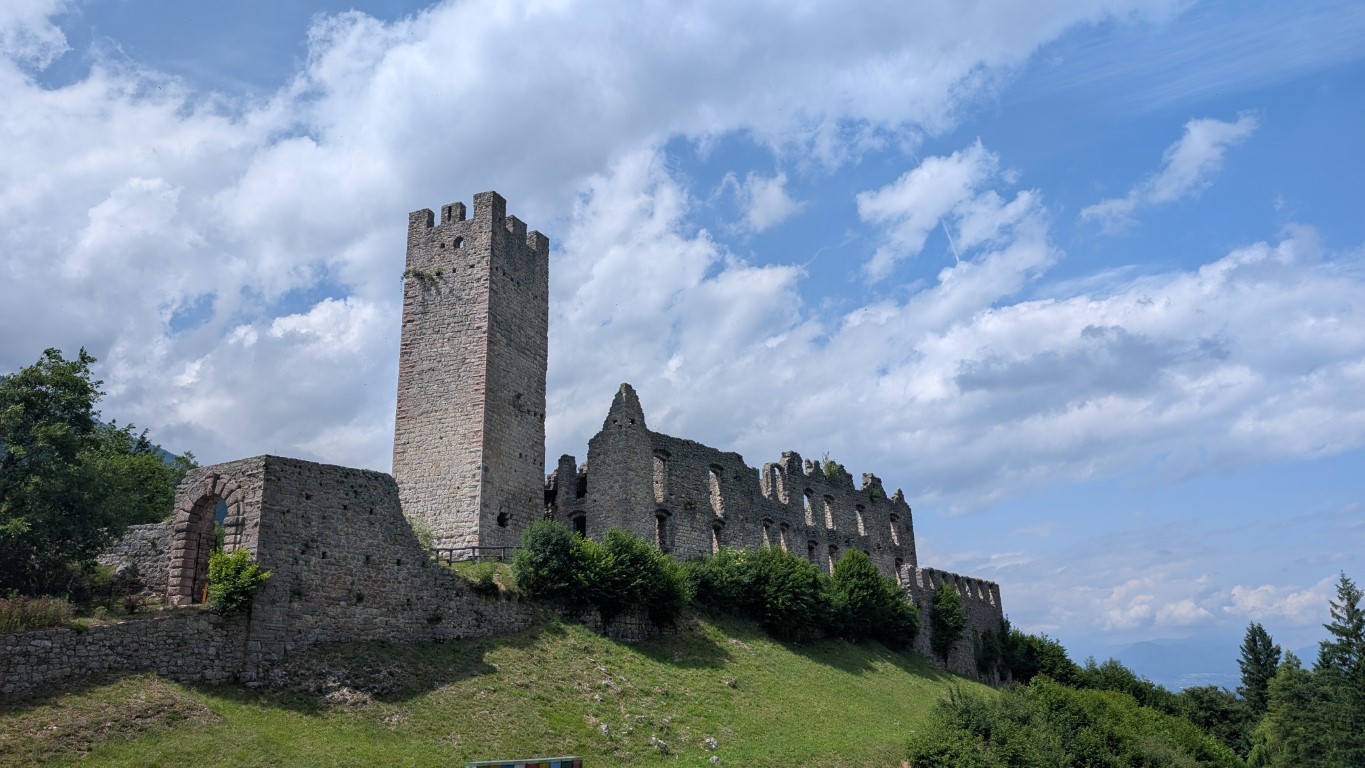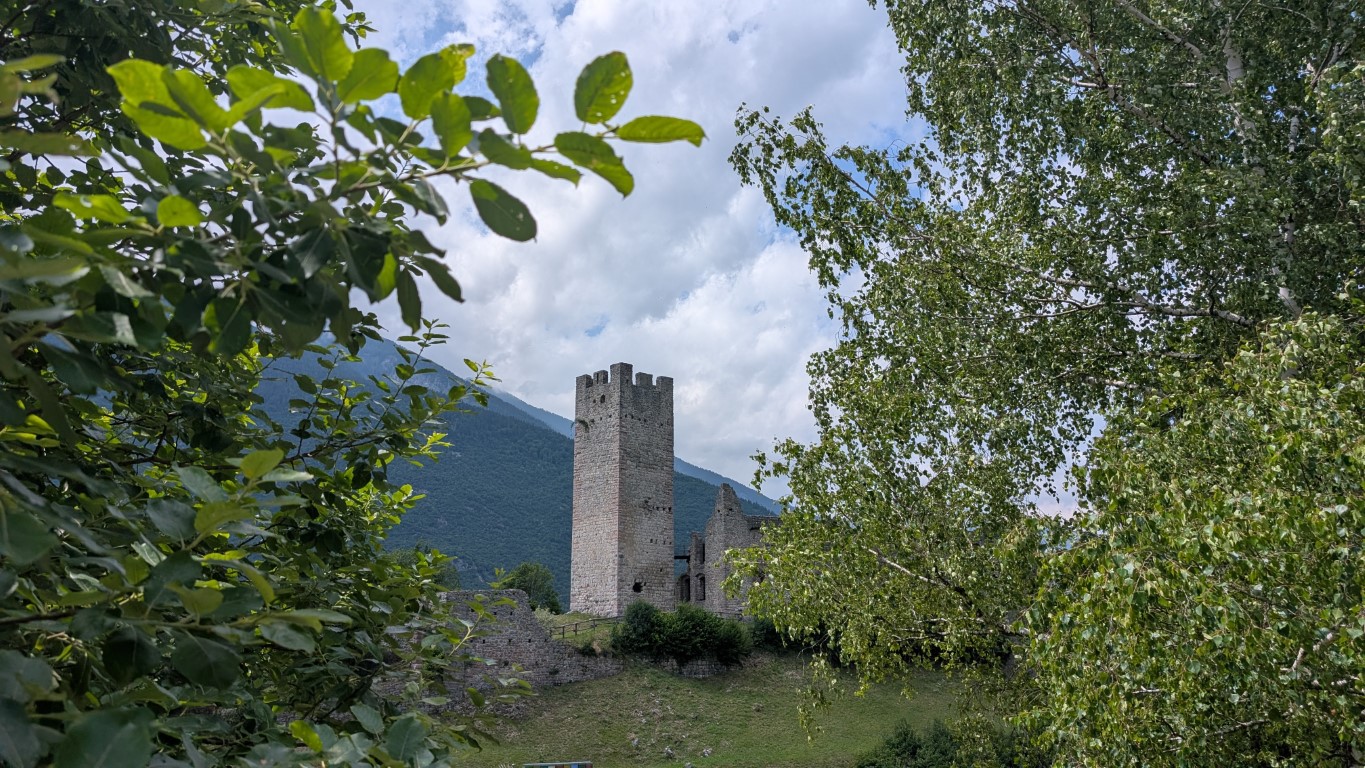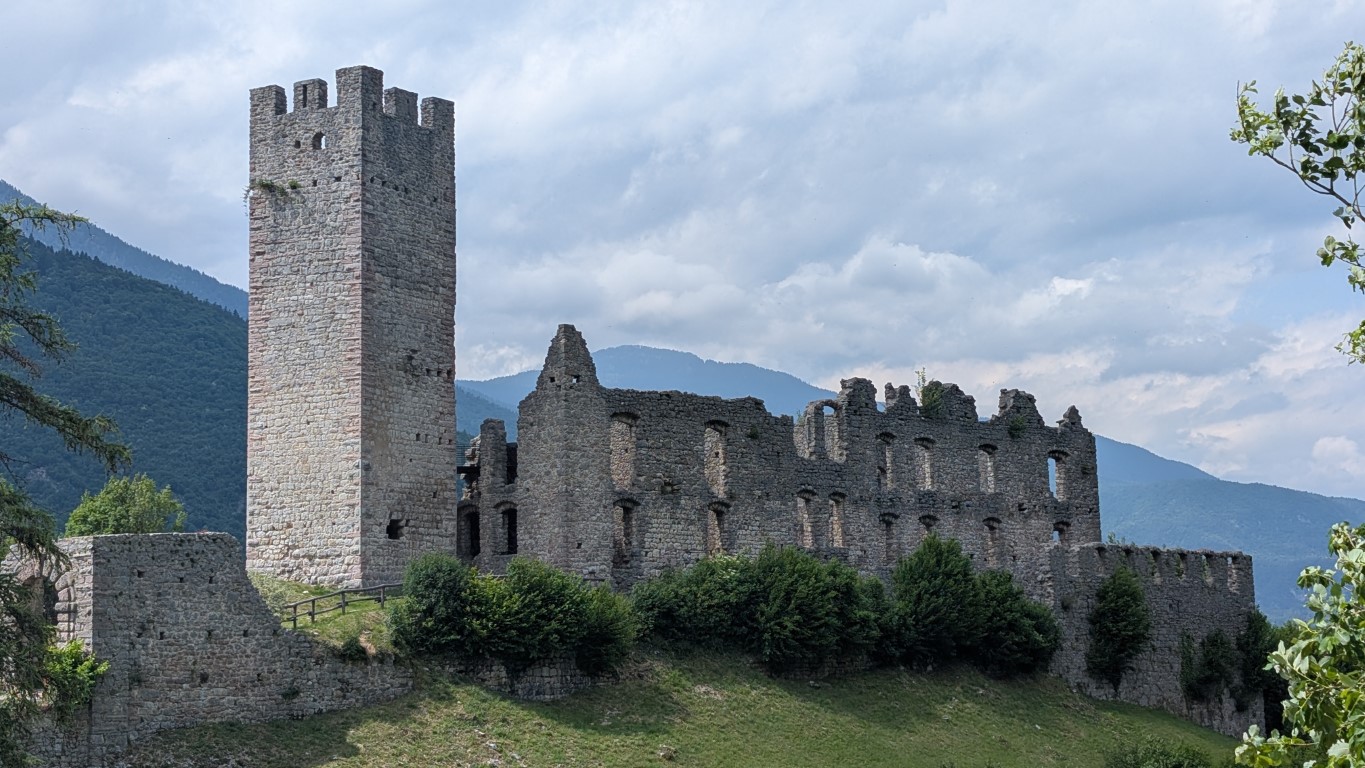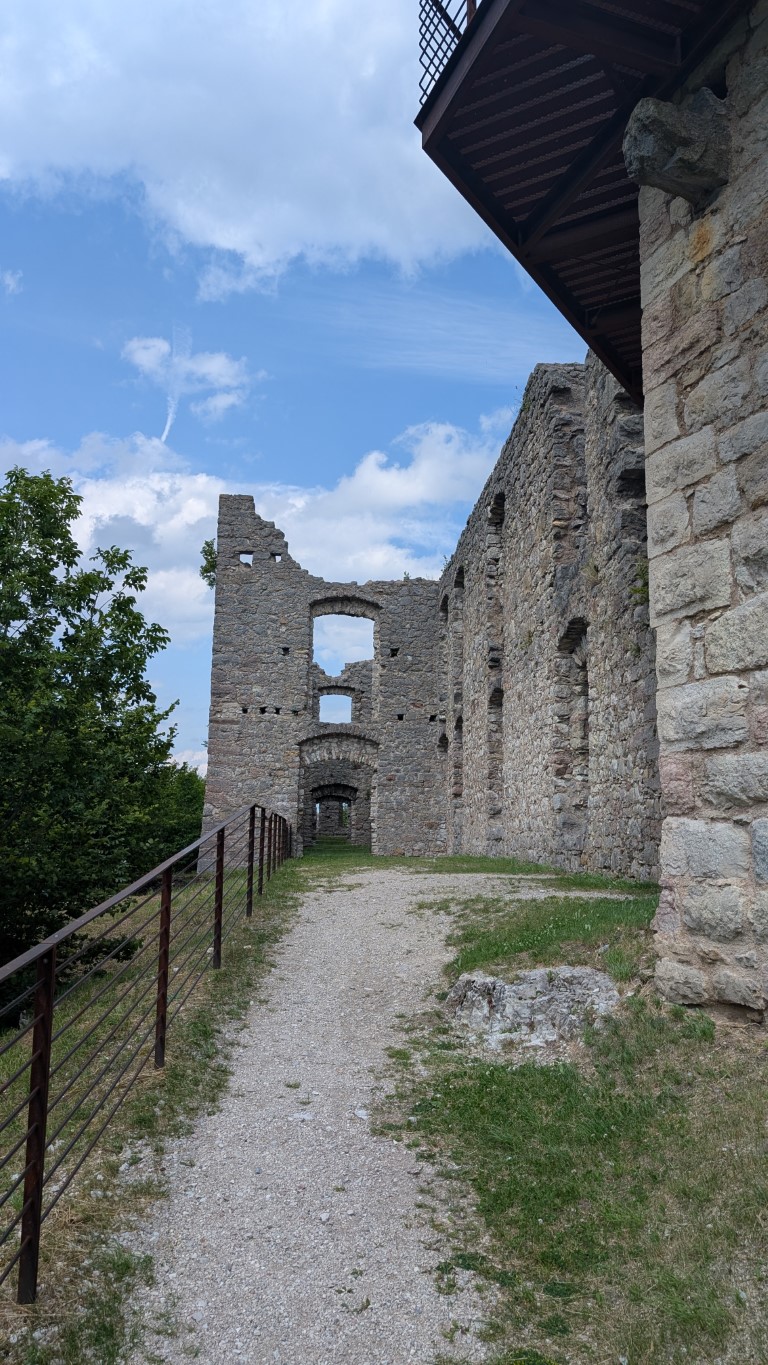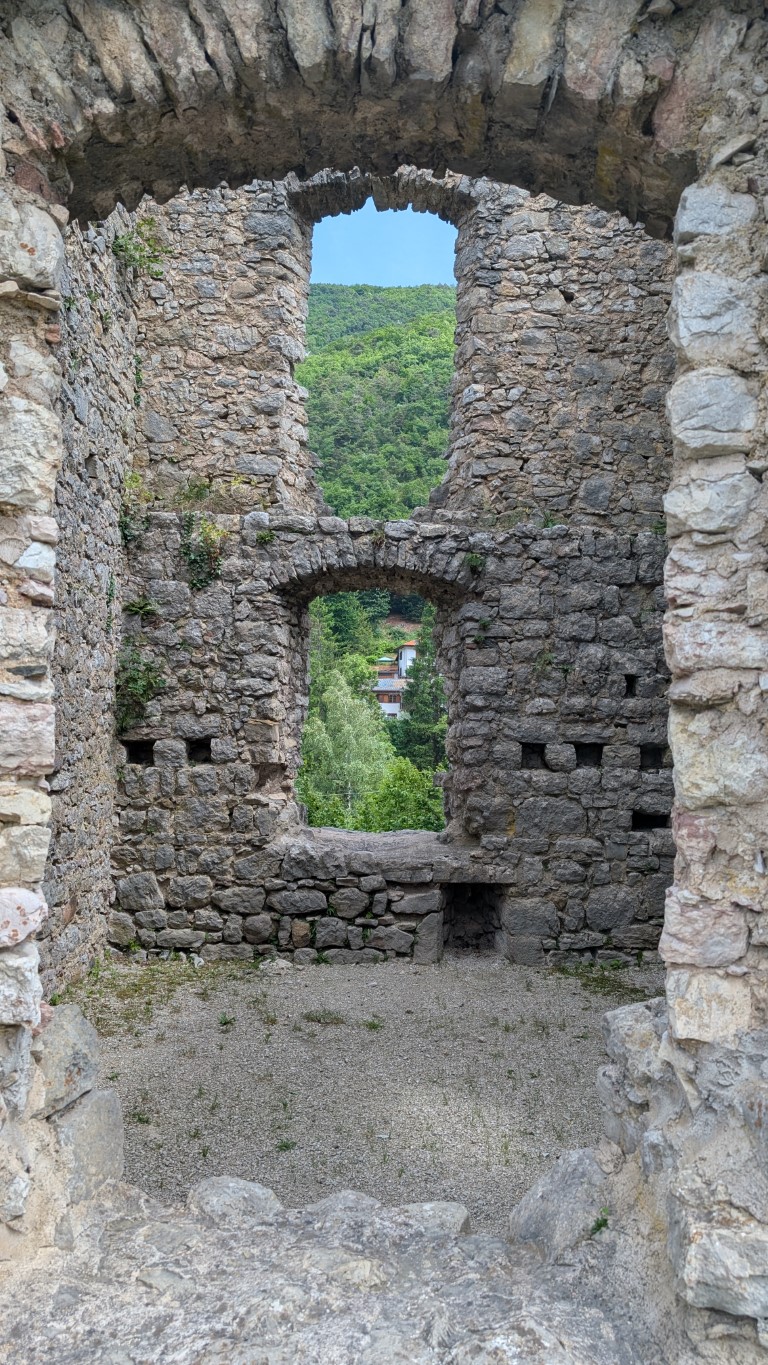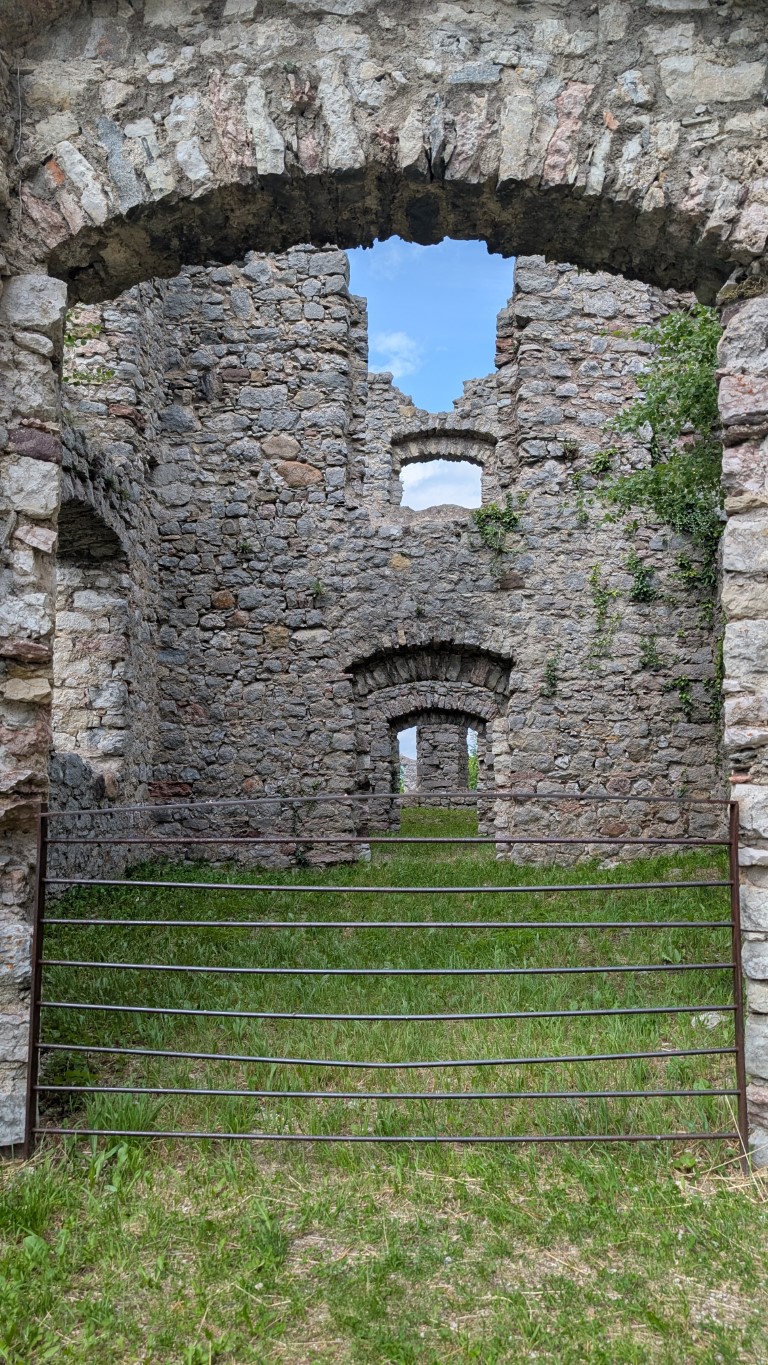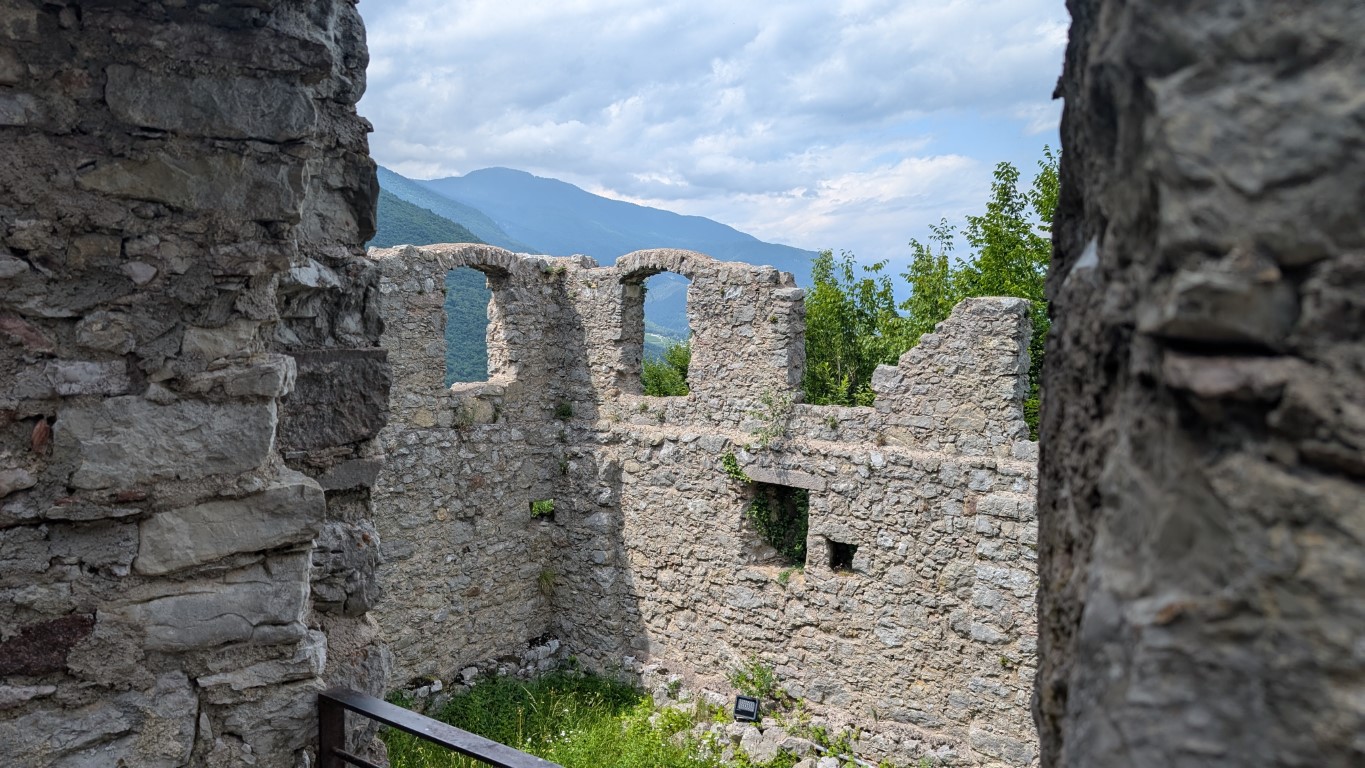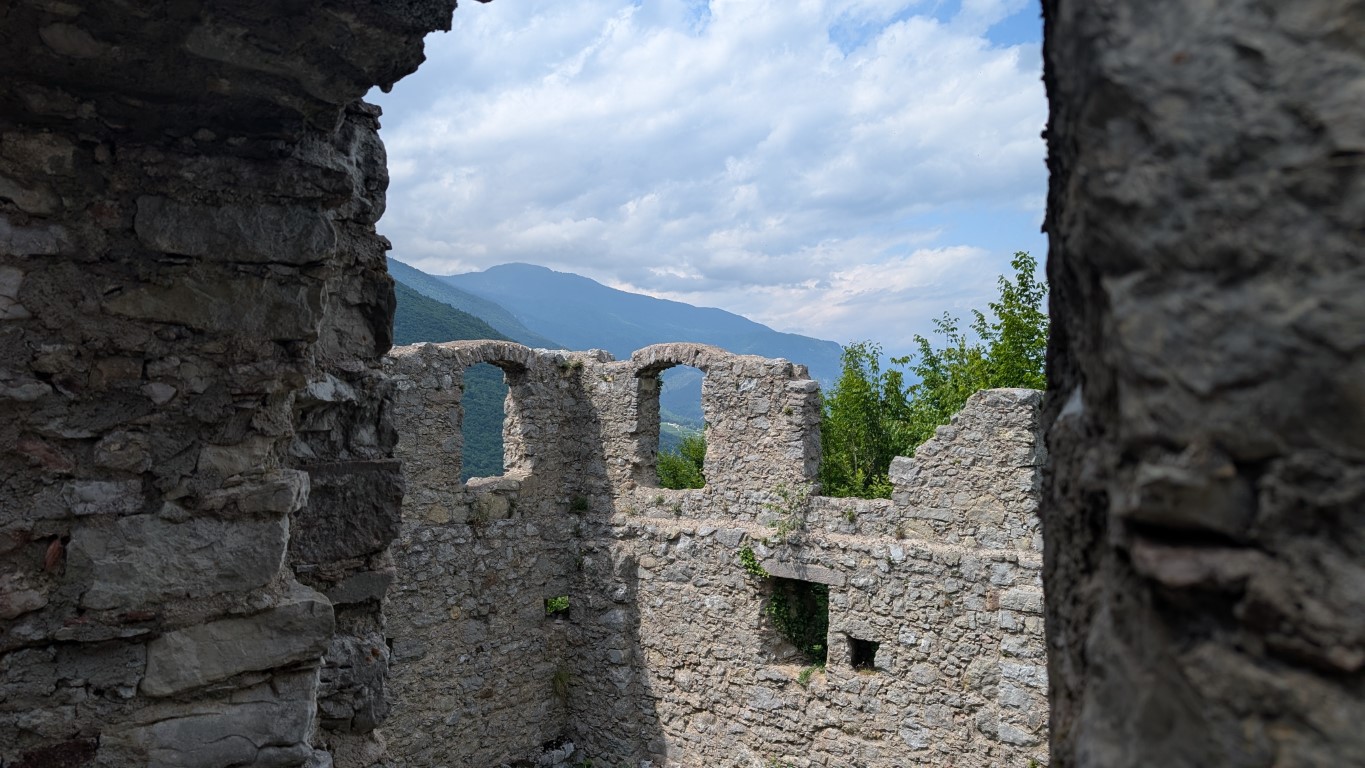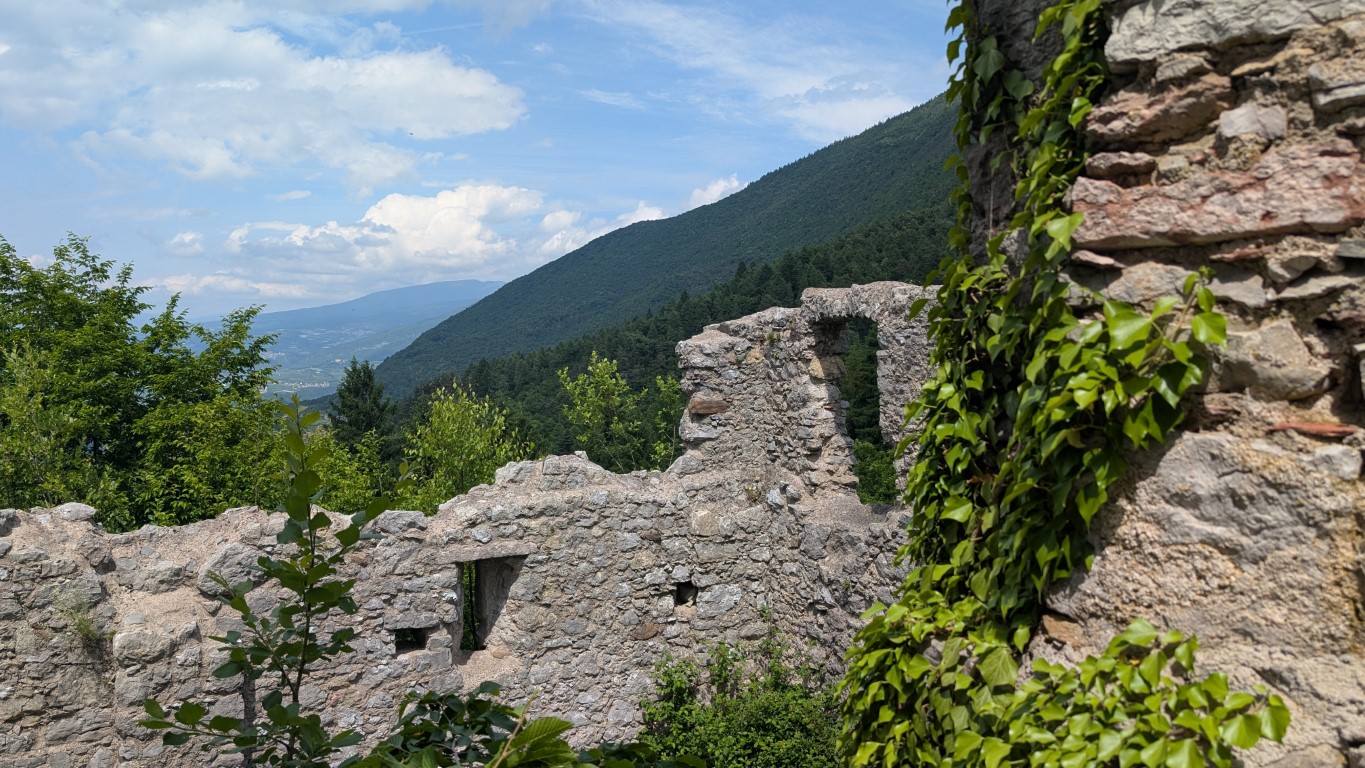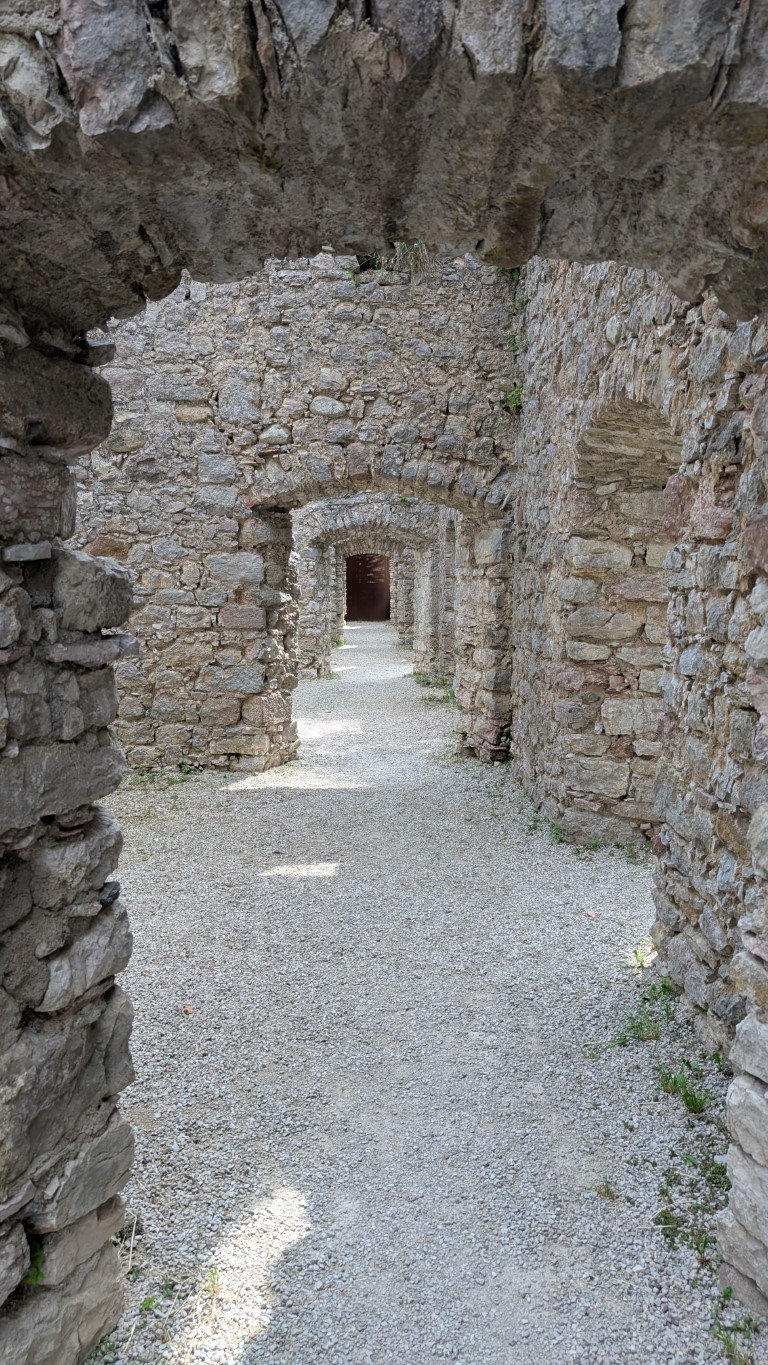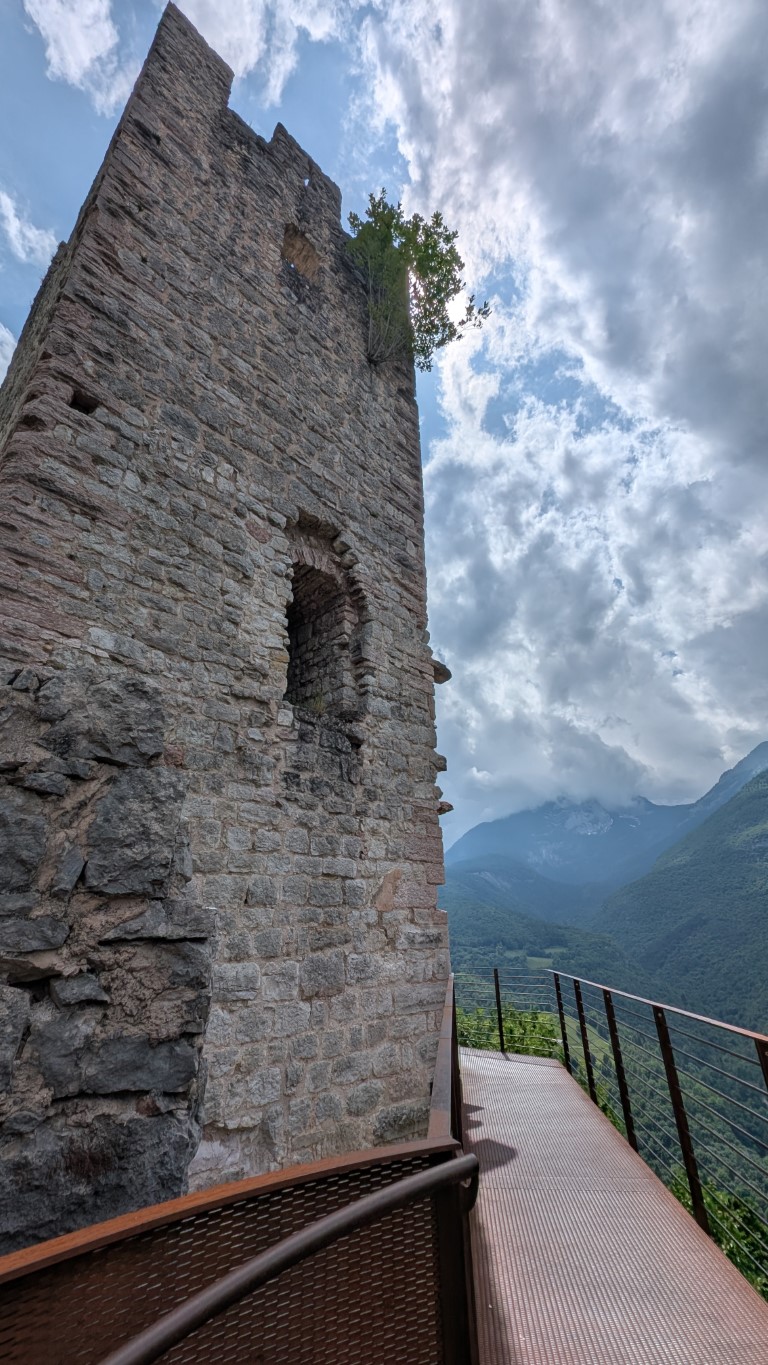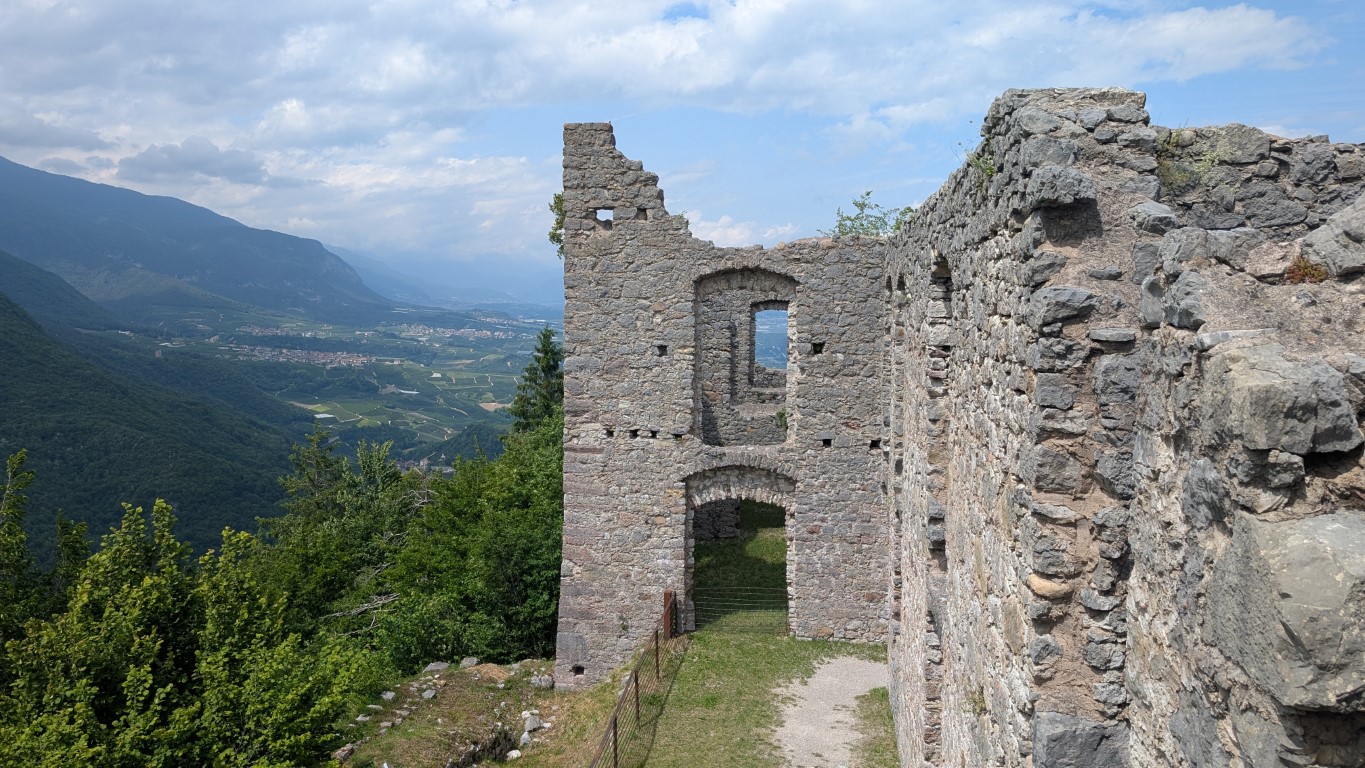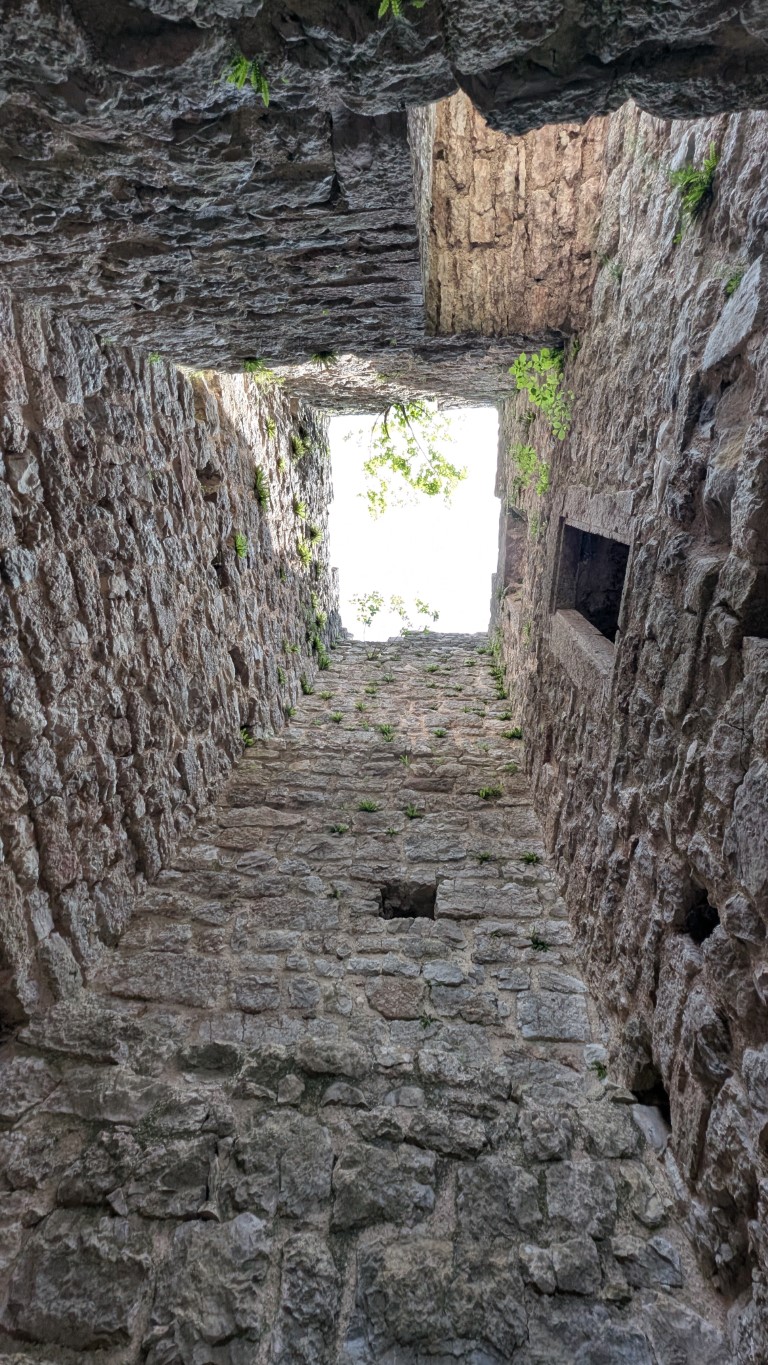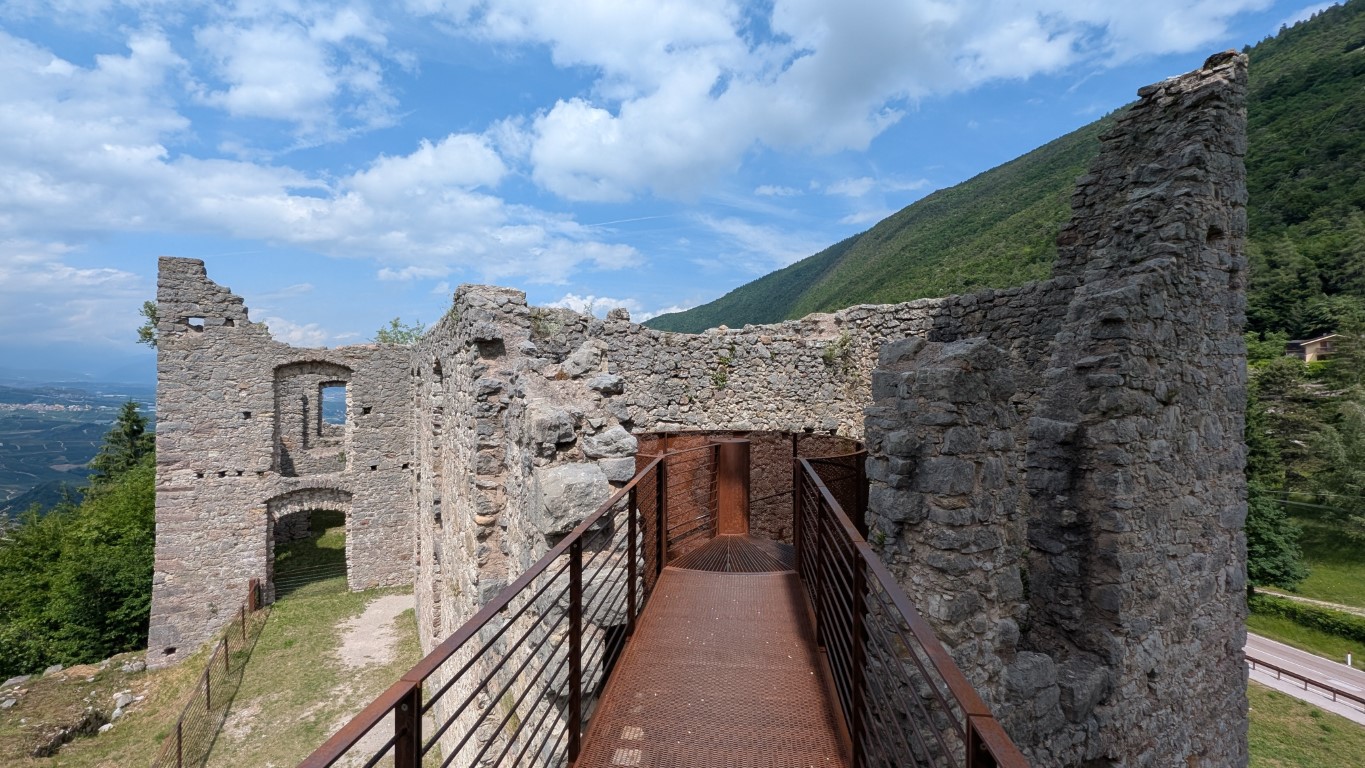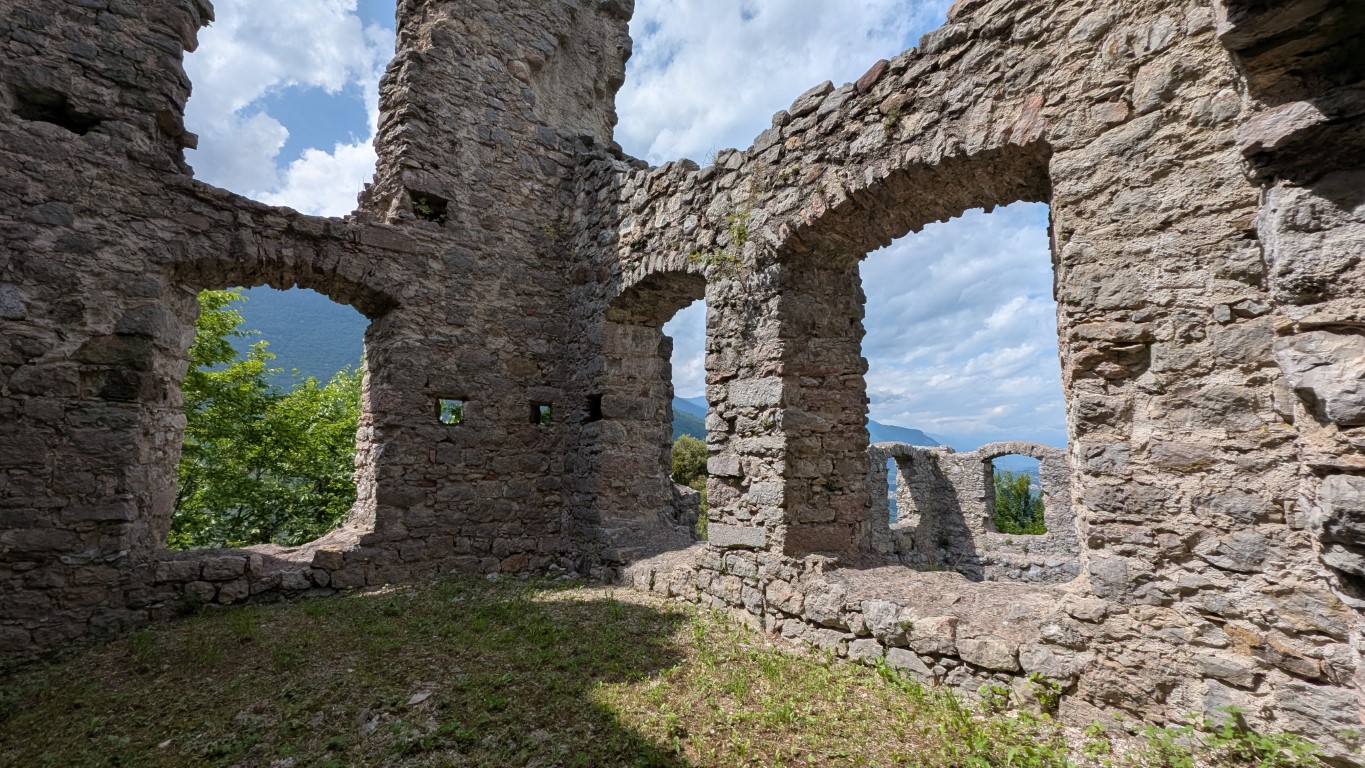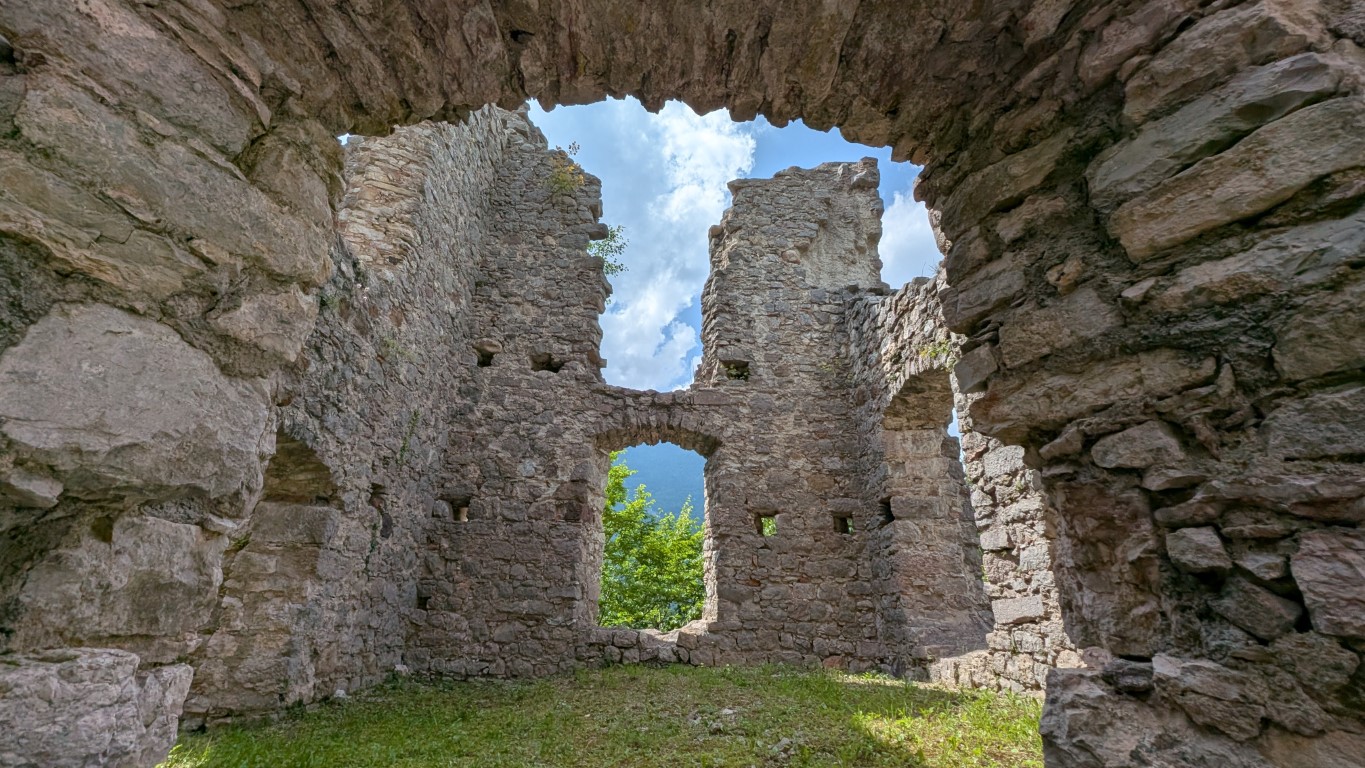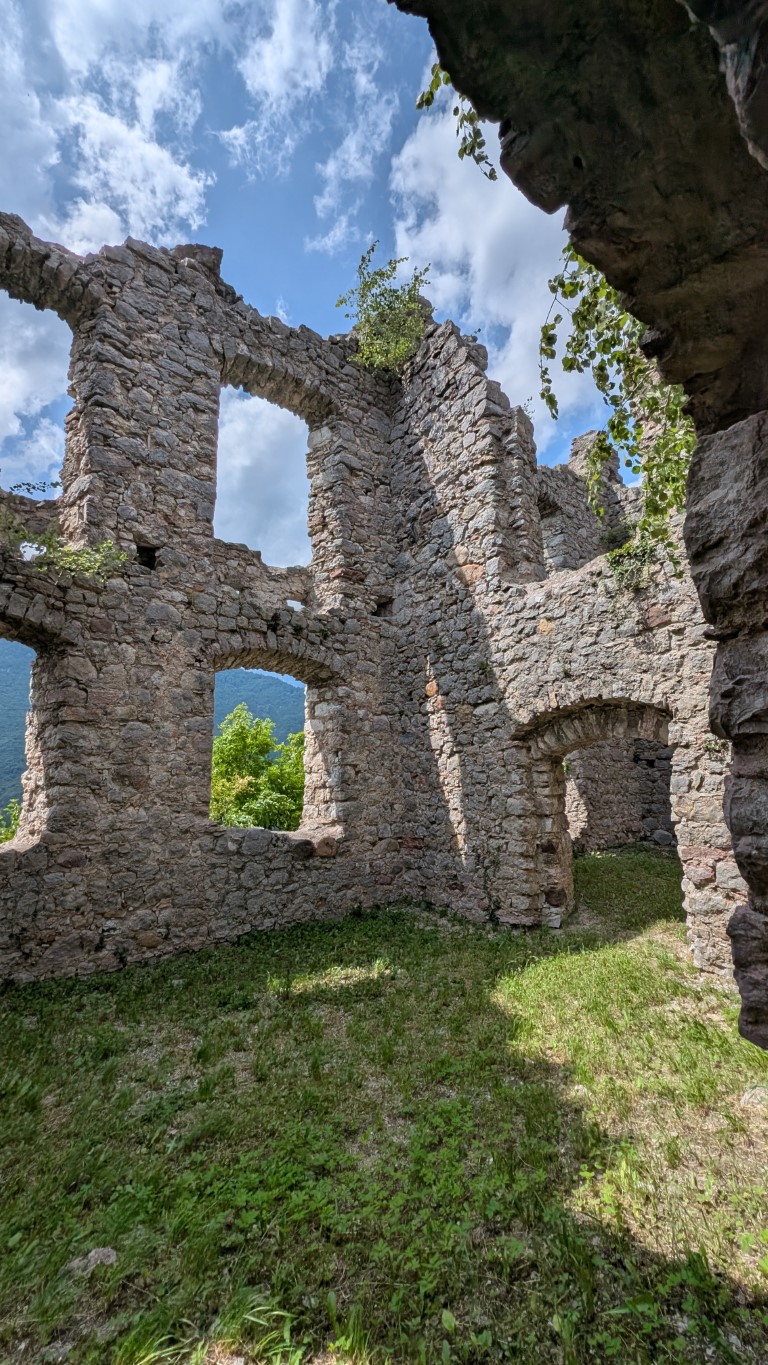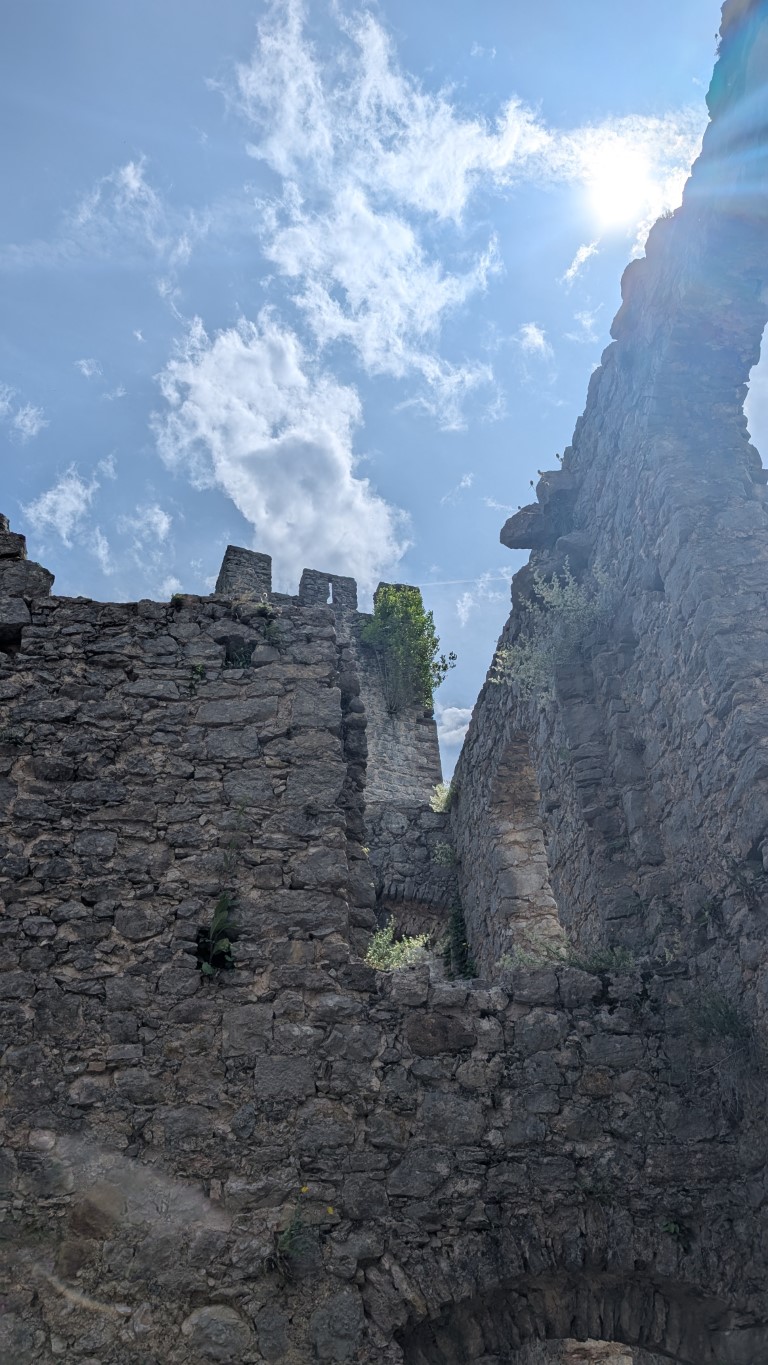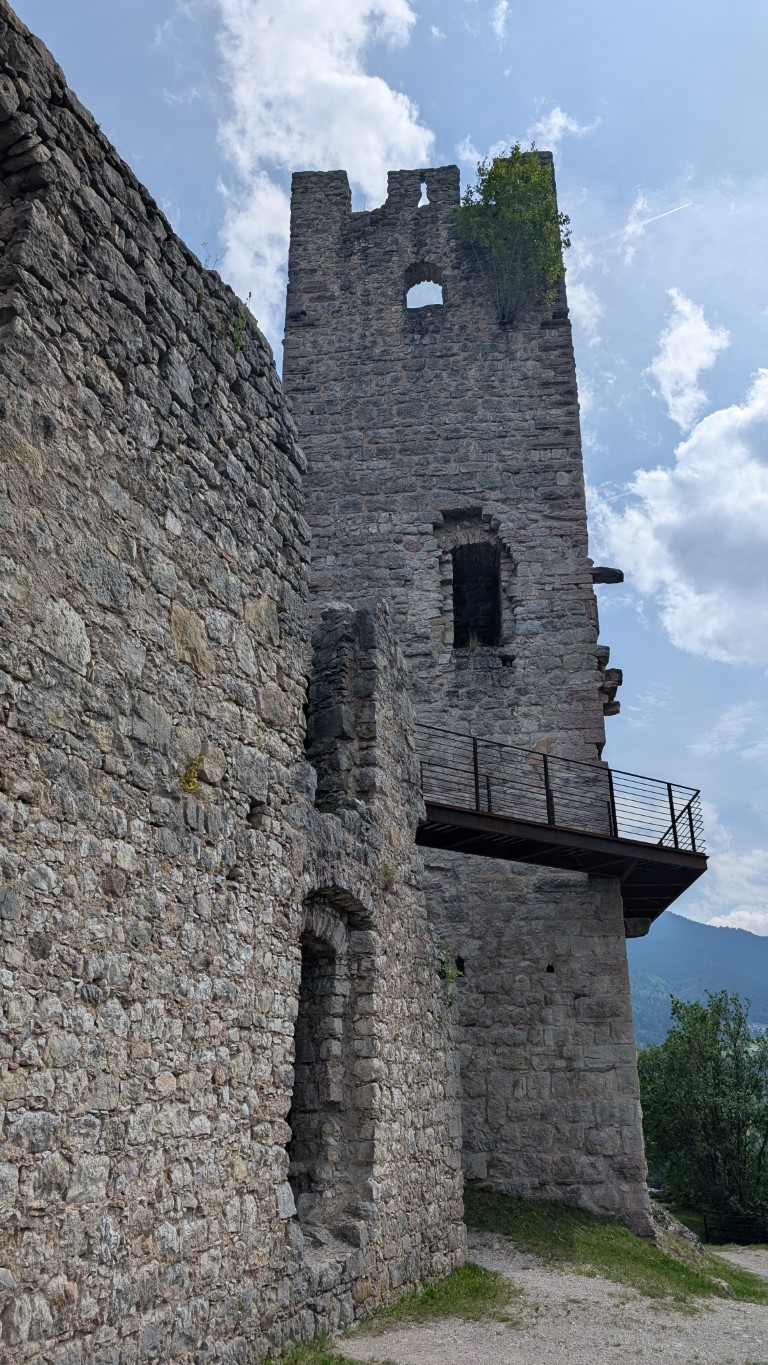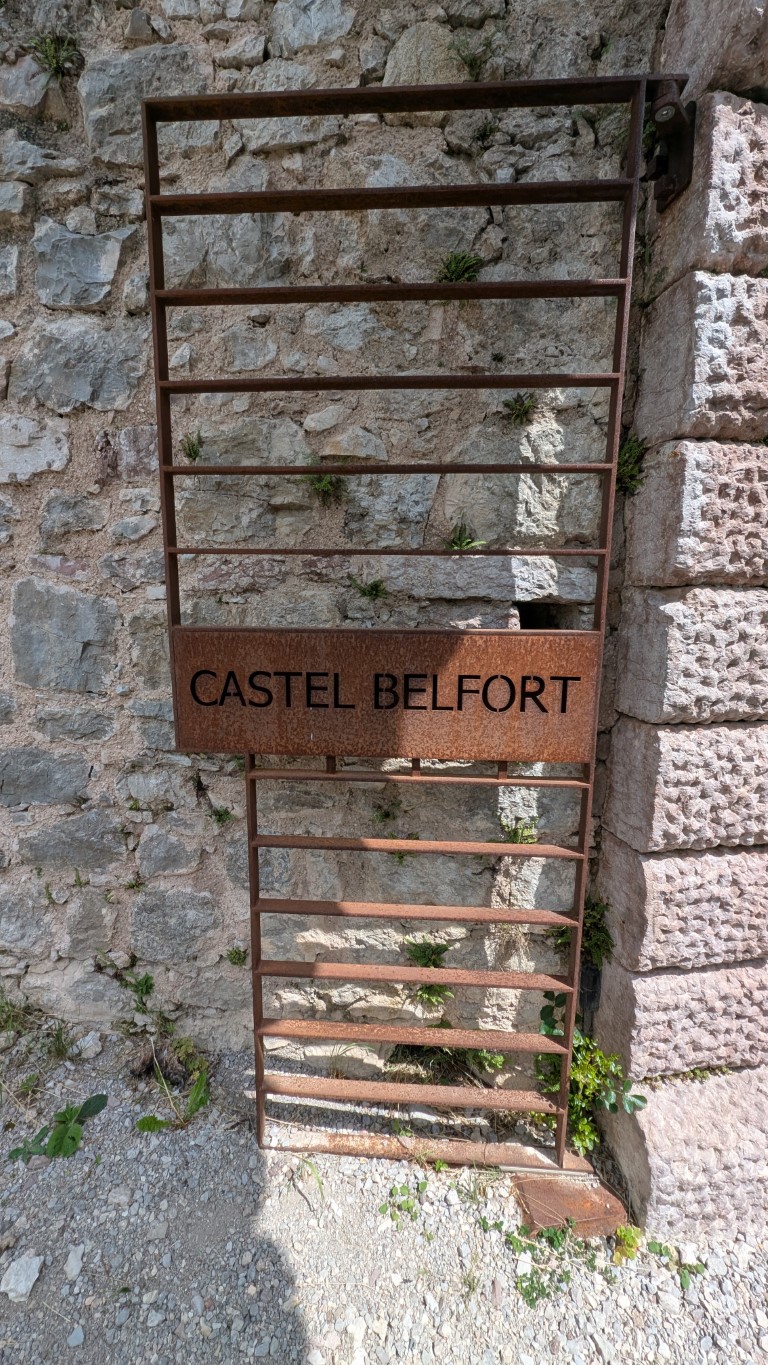In the forests of Trentino, not far from the small town of Spormaggiore, it rises from the greenery like a shadow of the past turned to stone: the ruins of Castel Belfort. Moss-covered, pierced by the sky, yet still standing proud – a place where time seems to have stood still, telling its story in quiet dignity.
A tower on behalf of power
It all began in 1311, when Henry, Count of Tyrol, granted a certain Tissone di Sporo permission to build a tower—"on the hill or in the valley," as the documents state. A military watchdog over the valley, a place of control, power, and protection—but also a symbol of ownership and influence in the wildly romantic heart of the Dolomites.
Not long afterward, the Altspaur family took over – a name that, in the chronicles, sounds like a chapter from a medieval epic. Their cousins, brothers, and heirs ruled the valley, exercised jurisdiction over the towns of Andalo and Molveno, and left behind a web of fiefdoms, lordship, and intrigue. But the castle itself, it seems, always stood somewhat between two worlds – subordinate to the older fortress of Sporo-Rovina, without its own jurisdiction. A mighty structure, but never completely free.
Fire, reconstruction and decay
1670 – a year of flames. A fire reduced the castle to rubble and ashes, leaving only charred stones and sooty memories. But the story wasn't over yet: In 1693, the Counts of Saracini dared to rebuild. New walls grew, a manor house was built – Castel Belfort rose once more, like a phoenix from limestone.
But the new splendor was short-lived. The ravages of time, changing owners, and the upheavals of the Napoleonic Wars brought about its final demise. The castle fell into a deep sleep from which it never fully awoke—and yet, it is precisely this abandonment, this crumbling pride, that constitutes its true charm today.
A ruin with a soul
Anyone standing between the walls today sees more than just stones. One feels the silence, hears the wind whistling through the broken windows, and gazes up at the sky through the open roof. A tower still rises, as if defying the passage of time. Between the ferns and grass, history lies in the shadows, as if it doesn't want to impose itself—tells its story only if you listen.
Castel Belfort is not a museum, not a freshly plastered postcard. It is a place for dreamers, for wanderers with a sense of the hidden, for all those who recognize beauty in decay.
Practical information
The castle ruins are located near Spormaggiore, a small town in the Val di Non. They are easily accessible by car or on foot along well-marked paths. Especially in the late afternoon, when the golden light glides over the walls and shadows lie like ghosts on the ground, the ruins unfold their full magic.
Admission is free, and you are often alone – a gift of solitude that has become rare in high season.
One last look
Castel Belfort is not a tourist attraction in the traditional sense. It is an invitation to silence, a place for reflection, for imagination, for those quiet stories that only dwell in ruins. Anyone willing to close their eyes and open their heart will discover more than just stones: They will become part of a story told for over 700 years – of towers that stood watch, of flames that destroyed, and of a castle that never completely disappeared.


